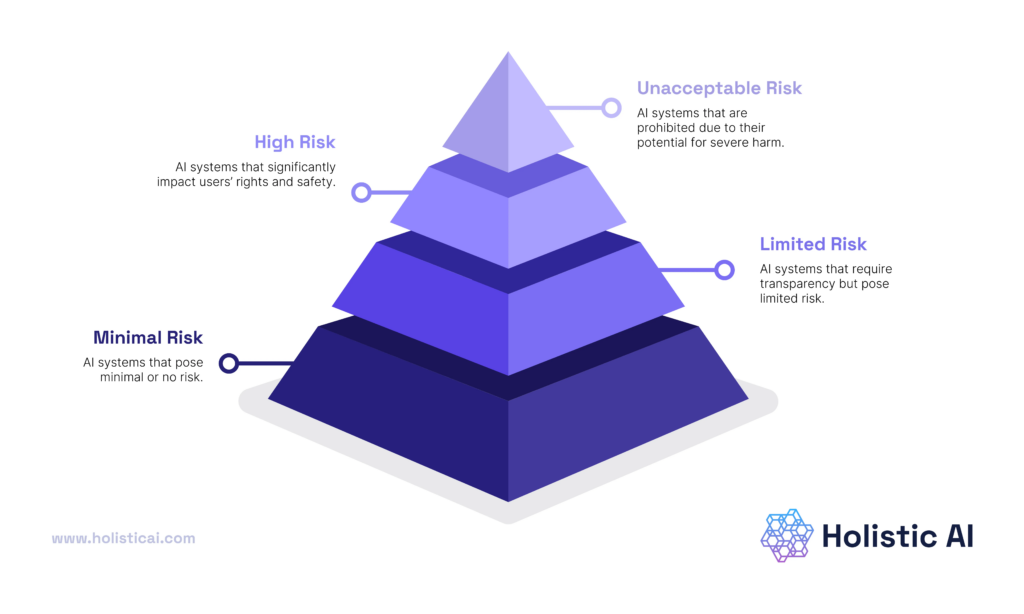10 APR 2025 Update: The EU revealed details of a €20bn (£17bn) plan to create new supercomputer sites, gigafactories, equipped with immense computing capabilities across Europe. The new data centres will lead the development of the next generation of artificial intelligence models. The investment opens the door to amending landmark regulations that govern this world-altering technology.
The European Union is intensifying its efforts to establish itself as a global leader in artificial intelligence (AI) with new strategies, consultations, and substantial investments to expand its AI capabilities. The EU Commission has proposed an ambitious plan to accelerate AI adoption across its member states, building on its AI Continent Action Plan and other key initiatives. With a focus on enhancing infrastructure, data access, and cloud capabilities, the Commission strives to position Europe at the forefront of the AI revolution, addressing both technological barriers and the need for ethical oversight.
What’s Happening & Why This Matters
The EU Commission is taking bold steps to bolster its AI strategy, which includes launching several initiatives designed to drive the development, deployment, and integration of artificial intelligence tools across European industries. At the core of the EU’s AI initiative is the AI Continent Action Plan, which aims to increase AI adoption among businesses, enhance infrastructure, and foster talent development. The plan addresses the need for stronger European AI capabilities to reduce dependence on non-European markets, especially in key sectors like quantum computing, AI tools, and chips.
The AI Continent Action Plan includes five primary pillars: improving data access, investing in cloud infrastructure, boosting AI talent, simplifying regulations, and ensuring AI adoption across industries. Henna Virkkunen, the EU Commissioner for Technology, emphasized that developing AI capabilities within Europe is crucial to remain competitive globally. While the EU has strong partnerships with the U.S. on chip development, Virkkunen pointed out that Europe must strengthen its capacities to avoid dependency on external players, a stance aligned with the Chips Act 2.0.
The EU Commission has also proposed the Data Union Strategy to support data sharing between businesses and public administrations. This new strategy addresses the data bottleneck that limits AI innovation. As part of this push, the EU will also establish AI gigafactories to provide businesses with the infrastructure to train AI models. These factories are expected to provide massive computing power, enabling even smaller companies to access the resources to develop cutting-edge AI technologies. The EU Commission has earmarked a budget of around €20 billion for the gigafactories program, with the first factory set to begin operations in 2026.

Despite these ambitious plans, the EU faces challenges, particularly in its regulatory environment. The General Data Protection Regulation (GDPR), which was designed to protect personal data, has become a stumbling block for developers of general-purpose AI tools like large language models (LLMs). Companies like Google and Meta have expressed concerns that strict regulations are slowing down the rollout of AI tools in Europe. The EU Commission is addressing these challenges by proposing a Cloud and AI Development Act, which will focus on investment and energy efficiency targets to streamline the development and deployment of AI tools across Europe.
TF Summary: What’s Next
The EU Commission’s efforts to make Europe a global leader in artificial intelligence are steadily progressing, with multiple initiatives aimed at fostering innovation and reducing regulatory barriers. The AI Continent Action Plan, the Data Union Strategy, and the proposed AI gigafactories are critical to achieving this goal. However, challenges remain, particularly in balancing data privacy regulations with the need for large-scale AI data usage. As the EU works to position itself as a hub for AI development, it will need to navigate both regulatory obstacles and geopolitical tensions to ensure its AI strategy remains competitive and effective. The coming years will be pivotal in shaping how Europe leverages artificial intelligence to secure its place at the forefront of technological innovation.
— Text-to-Speech (TTS) provided by gspeech


